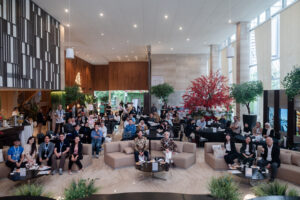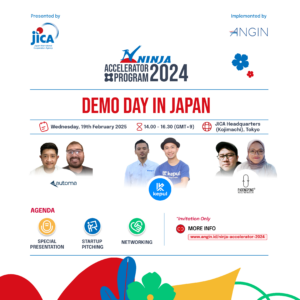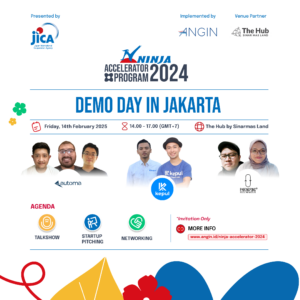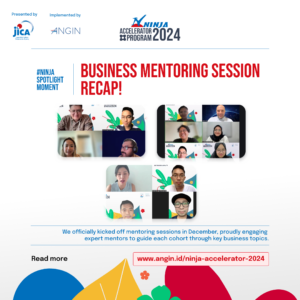[et_pb_section bb_built=”1″ admin_label=”section” transparent_background=”off” allow_player_pause=”off” inner_shadow=”off” parallax=”off” parallax_method=”off” padding_mobile=”off” make_fullwidth=”off” use_custom_width=”off” width_unit=”on” make_equal=”off” use_custom_gutter=”off” custom_padding_tablet=”50px|0|50px|0″ custom_padding_last_edited=”on|desktop”][et_pb_row background_position=”top_left” background_repeat=”repeat” background_size=”initial” _builder_version=”3.0.75″][et_pb_column type=”4_4″][et_pb_post_title admin_label=”%91KNOWLEDGE%93 Financing Women-Owned SMEs as a Solution to the Middle Income Trap” title=”on” meta=”on” author=”on” date=”on” categories=”on” comments=”off” featured_image=”off” featured_placement=”below” parallax_effect=”on” parallax_method=”off” text_color=”dark” text_background=”off” module_bg_color=”rgba(255,255,255,0)” border_style=”solid” _builder_version=”3.0.75″ background_color=”rgba(255,255,255,0)” parallax=”on” /][/et_pb_column][/et_pb_row][et_pb_row][et_pb_column type=”4_4″][et_pb_image _builder_version=”3.0.75″ src=”//angin.id/wp-content/uploads/2017/12/niels-steeman-262087.jpg” show_in_lightbox=”off” url_new_window=”off” use_overlay=”off” always_center_on_mobile=”on” border_style=”solid” force_fullwidth=”on” show_bottom_space=”on” align=”center” /][/et_pb_column][/et_pb_row][et_pb_row admin_label=”row” background_position=”top_left” background_repeat=”repeat” background_size=”initial”][et_pb_column type=”4_4″][et_pb_text admin_label=”News Content” background_layout=”light” text_orientation=”justified” border_style=”solid” custom_padding=”20px|20px|20px|20px” background_position=”top_left” background_repeat=”repeat” background_size=”initial” _builder_version=”3.0.75″ saved_tabs=”all” background_blend=”lighten”]
Small-medium enterprises (SMEs) in Indonesia account for 22% of the GDP in 2013. This number is small in comparison with microenterprise sector, and its productivity is also lower compared to the corporate sectors. To escape the middle-income trap, Indonesia must be able to address the ‘missing middle’ phenomena: increase the number of SMEs and their productivity.
Why women?
Why do the key stakeholders–government, banks, and other capital providers–must focus its mission to provide more financing to women-owned SMEs?
Challenges they face:
1. Women own almost half of the SMEs in Indonesia, although most of them are involved in the informal sector with a smaller size.
2. Women entrepreneurs have dual responsibilities, which limit their time and resource.
3. Women often faced difficulties in obtaining financing for their businesses.
However, despite all the challenges they face, more women-owned business is highly profitable compared to their counterparts. In addition, women also have a positive business outlook. If the stakeholders were to support in eradicating the challenges, women-owned SMEs would grow more productively and therefore would help to avoid the middle-income trap.
But is it profitable for capital providers to finance women-owned SMEs?
Qualitative assessment with banks across Indonesia stated that women are more discipline in their repayment, and the ratio of non-performing loan is also lower compared to male-owned SMEs.
Is there anything else that the capital providers such as banks can do to ensure the growth of SMEs in Indonesia, especially women-owned ones?
The additional course of action to increase the number of women-owned SMEs is by providing a non-financial assistance, such as business development and access to networks.
Source: IFC (2016). Women-owned SMEs in Indonesia: A Golden Opportunity for Local Financial Institutions
[/et_pb_text][/et_pb_column][/et_pb_row][/et_pb_section]




